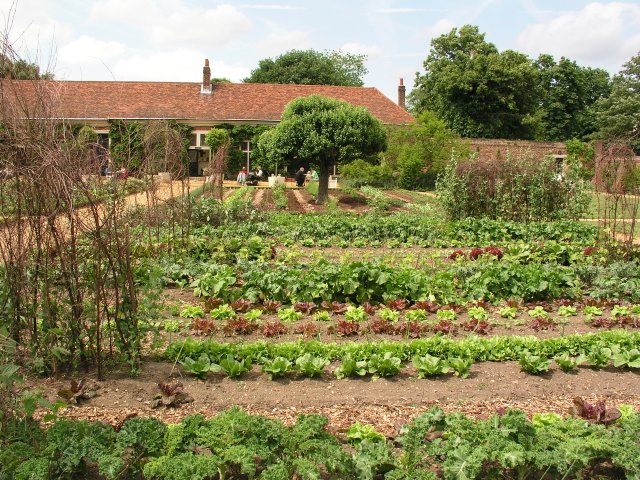If you’re lucky enough to own a backyard with a good soil and located in a sunny spot, you’ll probably want to create your own vegetable or flower garden. You might think that improving the soil and deciding on which plants you’ll grow are the most important decisions. However, there’s one big step before you start working on your soil – and that’s planning a garden layout. Well-organized patch will spare you from the pest and other common issues and save your energy and money in the long run. We have prepared several tips that will help you organize your own garden.
Choosing a Perfect Spot
If you have a choice, pick a sunny spot with freely draining soil (deep and organically rich). Some plants require more direct sunlight than others so always have that in mind when you’re planning a garden layout. For instance, tomatoes and cucumbers need 8 hours and more of sunlight to grow successfully.
The Planting Method
There are several ways you can grow your plants: in a greenhouse, containers, single and wide rows, blocks, raised beds, etc. The choice will depend on the plants you’ll grow and the location of the garden site. If you’ll be planting in rows – make sure that you position them north to south. Each method has its benefits and downsides. For example, single rows will allow easy access to plants, but require a lot of space.
Leaving enough Space for the Pathways
Regardless of the way you’ll be growing, you’ll need to have good access for watering and weeding the plants. Therefore, you should leave enough room between rows/blocks – at least 15 inches. You should be able to walk between the rows without disturbing the plants and if you’ll pull the cart as well, make sure that you leave a bit more space.
Deciding on what you’ll Grow
There are several questions you need to ask yourself before you start growing your vegetables. Which veggies you like to eat and how much time you want to spend in the garden are the most important ones. Next, do you prefer fresh vegetable or frozen ones? Maybe you don’t want vegetables at all, but beautiful flower garden instead?
Crop Rotation
This is one of the crucial steps in organizing a garden. Crop rotation will help in the fight against common pests. As related plants are usually grouped together, they attract the same pests and diseases. That’s the reason why you should change/rotate the plant location each year and grow them in different patches.
Storage Space
We already mentioned using cart for bringing all gardening tools with you and leaving enough space for it between plant rows. It would be even better if you had a nearby storage for tools and gardening materials – seeds, fertilizers and other things you’ll need.
Most Common Mistakes to Avoid
Placing the garden in a wrong spot and not preparing a soil before planting are mistakes that can cause your plants’ growth to fail. Also, if plants are not rotated, they won’t get enough nutrients from the soil, and they won’t grow well. Some other mistakes are usually made in later steps of garden maintaining – e.g. mistaking plants for weeds and overwatering.

